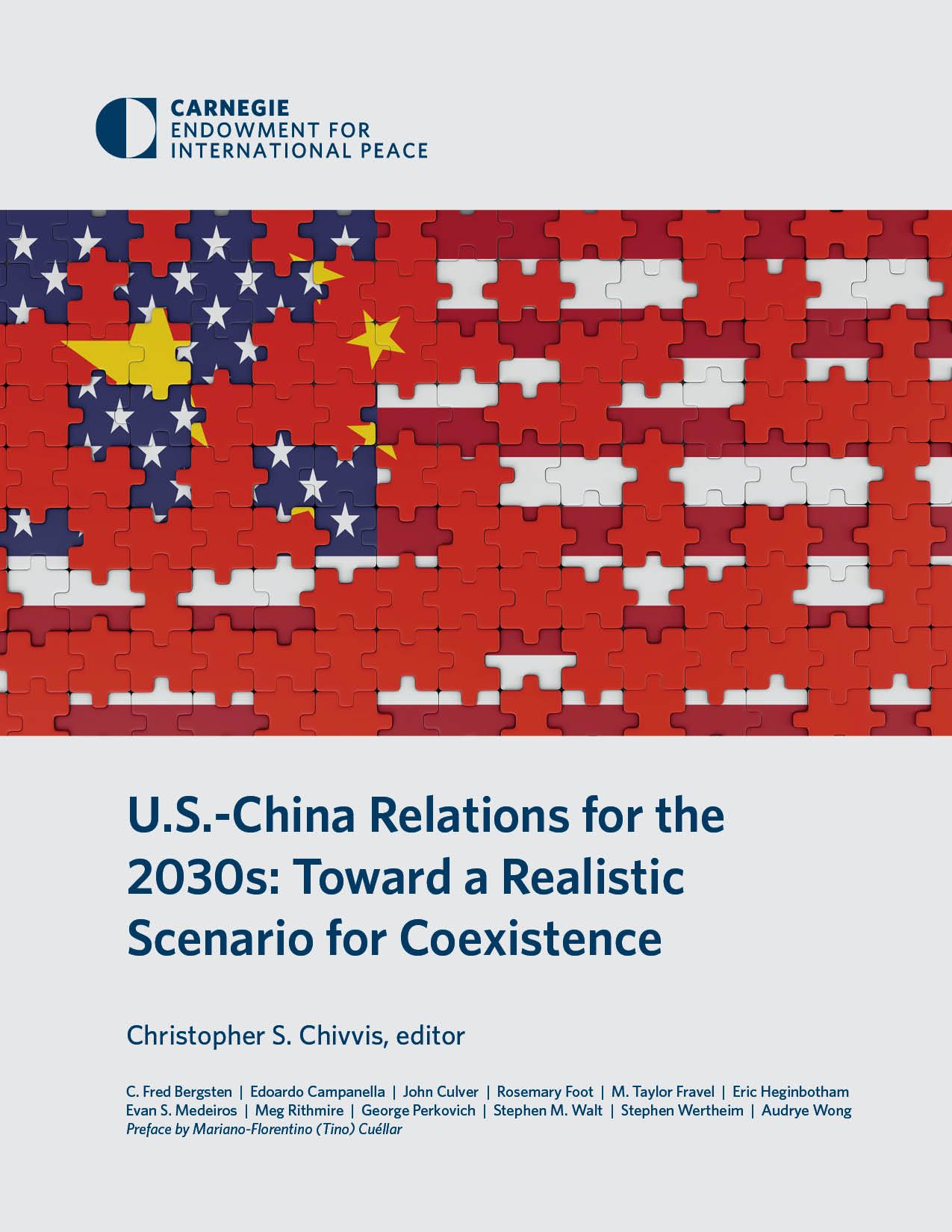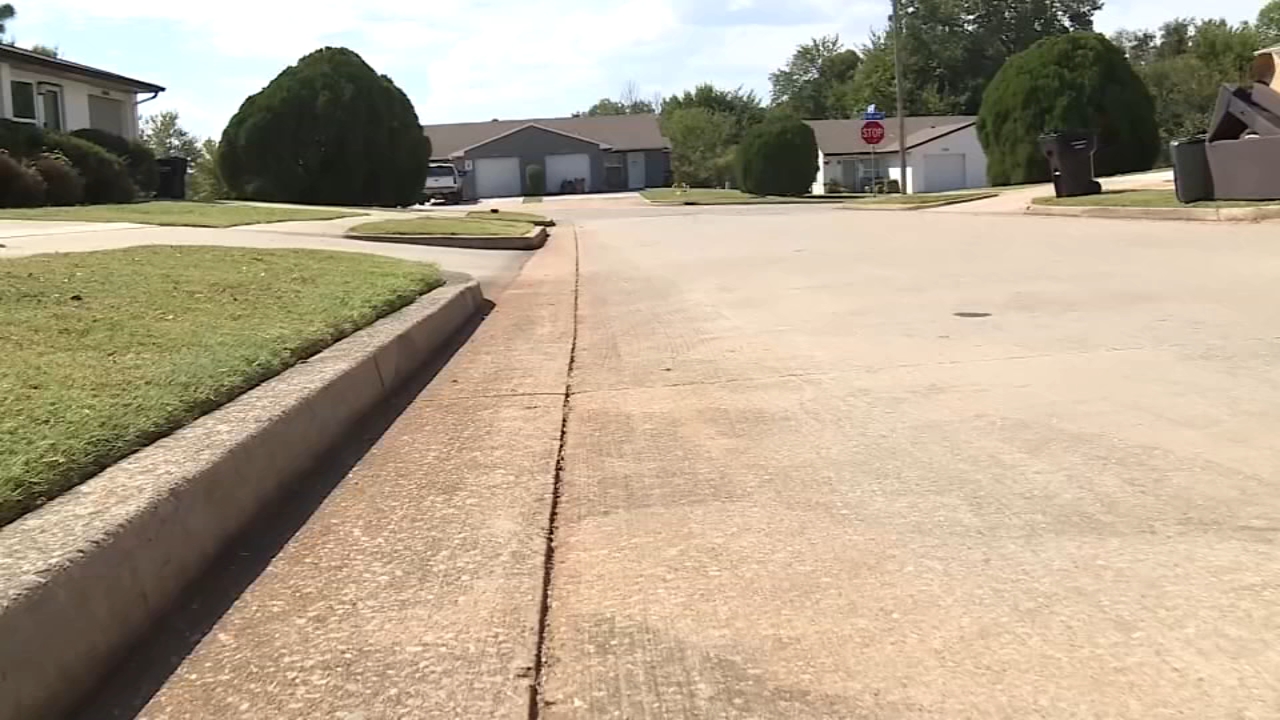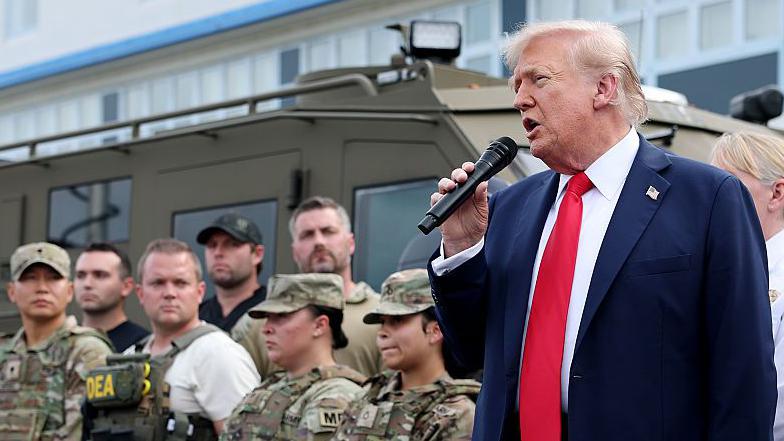Case Report: Detention of Haitian Asylum Seeker and Implications for Sustainable Development Goals
Executive Summary
This report details the case of Alan Junior Pierre, a 20-year-old Haitian asylum seeker and high school student, who was detained by U.S. Immigration and Customs Enforcement (ICE) for over a month despite holding Temporary Protected Status (TPS). His subsequent release, facilitated by bipartisan political intervention, highlights critical intersections between U.S. immigration policy and the United Nations Sustainable Development Goals (SDGs), particularly those concerning peace, justice, education, and inequality.
Violation of Protections and the Challenge to SDG 16: Peace, Justice, and Strong Institutions
The detention of Mr. Pierre represents a significant challenge to the principles outlined in SDG 16, which aims to promote peaceful and inclusive societies, provide access to justice for all, and build effective, accountable institutions.
- Access to Justice: Mr. Pierre was detained despite having legal protections, including TPS, a pending green card application, and no criminal record. His legal counsel reported a complete lack of communication from ICE, indicating a failure in institutional accountability and access to justice. Intervention from elected officials was required to establish communication and secure his release.
- Peace and Security: The rationale for TPS for Haiti is the severe lack of peace and security in the nation, which is crippled by gang warfare, political instability, and a worsening humanitarian crisis, as noted by the U.N. This directly relates to SDG 16’s target of reducing all forms of violence.
- Effective Institutions: Proposed policy changes, such as the plan to terminate Haiti’s TPS designation and instate a travel ban, undermine the stability and effectiveness of legal frameworks designed to protect vulnerable populations fleeing conflict, thereby weakening institutional commitments to human rights and justice.
Impact on Social and Economic Development Goals
The case has direct implications for several social and economic SDGs, demonstrating how immigration enforcement and policy can either support or hinder global development objectives.
- SDG 4: Quality Education: As a student at Spring Valley High School, Mr. Pierre’s month-long detention directly interrupted his access to education, a fundamental right and a key target of SDG 4. Ensuring educational continuity for refugees and asylum seekers is critical for their integration and future well-being.
- SDG 10: Reduced Inequalities: The situation underscores the inequalities faced by migrants and refugees within legal systems. Protective measures like TPS are vital tools for reducing the vulnerability of populations displaced by conflict and disaster, in line with SDG 10’s goal of empowering and promoting the social and economic inclusion of all, irrespective of origin or migratory status.
- SDG 1 & SDG 3: No Poverty & Good Health and Well-being: The underlying driver for Mr. Pierre’s asylum claim is the dire humanitarian crisis in Haiti, characterized by shortages of food, water, and fuel. This reflects a state of extreme poverty (SDG 1) and a public health emergency (SDG 3). U.S. policy towards Haitian asylum seekers is therefore intrinsically linked to these fundamental development goals.
SDG 17: Partnerships for the Goals in Action
The successful release of Mr. Pierre serves as a positive example of SDG 17, which emphasizes the need for partnerships to achieve sustainable development.
- A bipartisan coalition, involving Republican Representative Mike Lawler and Democratic Senator Chuck Schumer, was instrumental in securing Mr. Pierre’s freedom.
- This collaboration between political offices, legal representatives, and the Department of Homeland Security demonstrates how multi-stakeholder partnerships can be mobilized to uphold justice and protect the rights of individuals.
- Rep. Lawler’s public commitment to continue advocating for Haitian immigrants highlights the potential for ongoing partnerships to address systemic challenges within the immigration process.
Analysis of SDGs, Targets, and Indicators
1. Which SDGs are addressed or connected to the issues highlighted in the article?
SDG 16: Peace, Justice and Strong Institutions
- The article focuses on the detention of an asylum seeker, the challenges in accessing justice, and the role of government institutions like ICE and the Department of Homeland Security. It also describes the breakdown of peace and justice in Haiti, with “kidnappings and gang warfare” and “armed and violent gangs” controlling the nation, which is the root cause of the refugee situation.
SDG 10: Reduced Inequalities
- The case of Alan Junior Pierre, a refugee from Haiti, highlights the vulnerabilities and inequalities faced by migrants and asylum seekers. The article discusses migration policies such as Temporary Protected Status (TPS), travel bans, and the asylum process, which directly relate to inequalities based on country of origin and migratory status.
SDG 4: Quality Education
- The article identifies the detained individual, Alan Junior Pierre, as a “student at Spring Valley High School.” His detention by ICE for over a month directly interrupted his access to education, connecting the story to the goal of ensuring inclusive and equitable education for vulnerable populations, including refugees.
SDG 2: Zero Hunger
- The article points to the severe conditions in Haiti that force people to seek refuge, specifically mentioning a “significant shortage of basic necessities, including fuel, food and water” and a “worsening humanitarian crisis.” This directly connects to the goal of ending hunger and ensuring access to food.
2. What specific targets under those SDGs can be identified based on the article’s content?
SDG 16: Peace, Justice and Strong Institutions
- Target 16.1: Significantly reduce all forms of violence and related death rates everywhere.
- This is relevant due to the description of Haiti’s situation, which includes “kidnappings and gang warfare” and the “assassination of President Jovenel Moïse,” all of which are forms of violence driving the refugee crisis.
- Target 16.3: Promote the rule of law at the national and international levels and ensure equal access to justice for all.
- This target is central to Pierre’s case. He was detained despite having legal status (TPS). His lawyer’s complaint that ICE was “nonresponsive” and that he “had no communication channel into ICE” demonstrates a failure in the legal process and a lack of access to justice, which was only resolved through political intervention.
SDG 10: Reduced Inequalities
- Target 10.7: Facilitate orderly, safe, regular and responsible migration and mobility of people, including through the implementation of planned and well-managed migration policies.
- The article discusses several migration policies, such as Temporary Protected Status (TPS), asylum claims, and a “full travel ban.” The controversial plan to end TPS for Haiti and the detention of a TPS holder illustrate the challenges in implementing “well-managed migration policies” that are safe and responsible.
SDG 4: Quality Education
- Target 4.5: By 2030, eliminate gender disparities in education and ensure equal access to all levels of education and vocational training for the vulnerable, including… children in vulnerable situations.
- As a refugee and asylum seeker, Alan Junior Pierre is in a “vulnerable situation.” His detention, which disrupted his high school education, highlights the barriers that prevent such individuals from having equal access to education.
SDG 2: Zero Hunger
- Target 2.1: By 2030, end hunger and ensure access by all people, in particular the poor and people in vulnerable situations… to safe, nutritious and sufficient food all year round.
- The article states that in Haiti there is a “significant shortage of basic necessities, including… food and water,” which is a direct reference to the conditions this target aims to eliminate.
3. Are there any indicators mentioned or implied in the article that can be used to measure progress towards the identified targets?
Indicators for SDG 16
- Implied Indicator for Target 16.1: Number of victims of intentional homicide and conflict-related deaths. The mention of the “assassination of President Jovenel Moïse” and ongoing “gang warfare” implies the use of such indicators to measure the level of violence in Haiti.
- Implied Indicator for Target 16.3: Proportion of the population who have experienced a dispute and who accessed a formal or informal dispute resolution mechanism. Pierre’s case implies a failure of formal mechanisms (ICE non-responsiveness) and the use of informal/political channels to achieve justice. The number of asylum seekers detained despite having legal status could also serve as an indicator.
Indicators for SDG 10
- Implied Indicator for Target 10.7: Number of countries with migration policies that facilitate orderly, safe, regular and responsible migration. The article discusses specific policies like TPS, asylum, and a “full travel ban,” which are used to manage migration. The number of people granted asylum or protected status (like TPS) is a direct measure.
Indicators for SDG 4
- Implied Indicator for Target 4.5: The number or proportion of refugee children enrolled in primary and secondary education. The article identifies Pierre as a “student at Spring Valley High School,” which is a data point for this type of indicator.
Indicators for SDG 2
- Implied Indicator for Target 2.1: Prevalence of severe food insecurity. The article’s reference to a “significant shortage of… food and water” and a “worsening humanitarian crisis” in Haiti directly implies the measurement of food insecurity in the population.
4. Summary Table of SDGs, Targets, and Indicators
| SDGs | Targets | Indicators Identified in Article |
|---|---|---|
| SDG 16: Peace, Justice and Strong Institutions | 16.1: Reduce all forms of violence.
16.3: Promote the rule of law and ensure equal access to justice. |
– Prevalence of violence in Haiti (“kidnappings and gang warfare”). – Lack of responsiveness from justice institutions (ICE). – Number of individuals requiring political intervention to access justice. |
| SDG 10: Reduced Inequalities | 10.7: Facilitate orderly, safe, regular and responsible migration and mobility of people. | – Existence and status of migration policies (Temporary Protected Status, travel bans). – Number of refugees and asylum seekers granted legal status or parole. |
| SDG 4: Quality Education | 4.5: Ensure equal access to all levels of education for the vulnerable. | – Enrollment of refugee youth in local schools (a student at Spring Valley High School). – Disruption of education for vulnerable individuals due to detention. |
| SDG 2: Zero Hunger | 2.1: End hunger and ensure access to safe, nutritious and sufficient food. | – Prevalence of shortages of basic necessities (“shortage of… food and water”). – Scale of humanitarian crisis in a country of origin. |
Source: abc7ny.com







